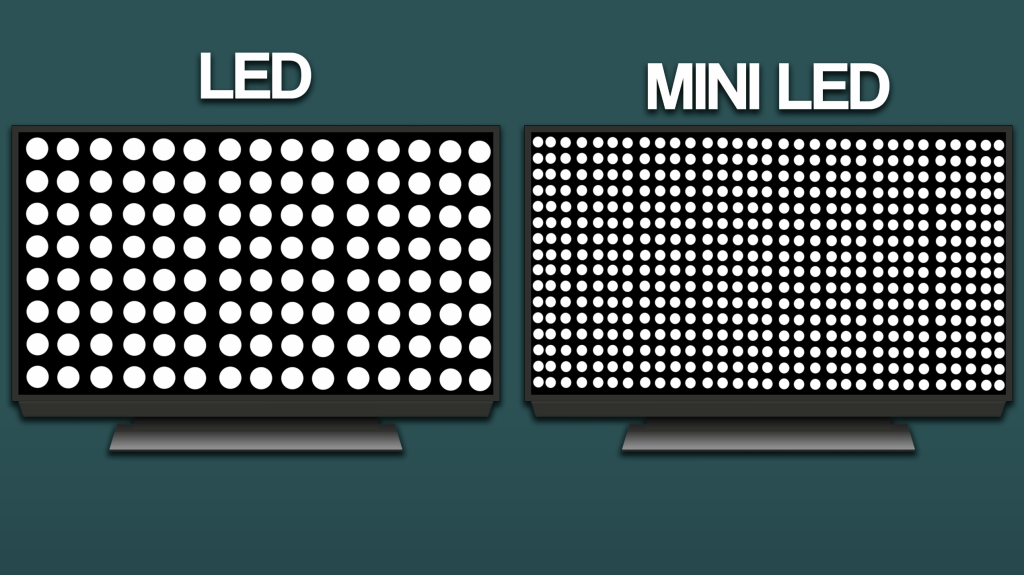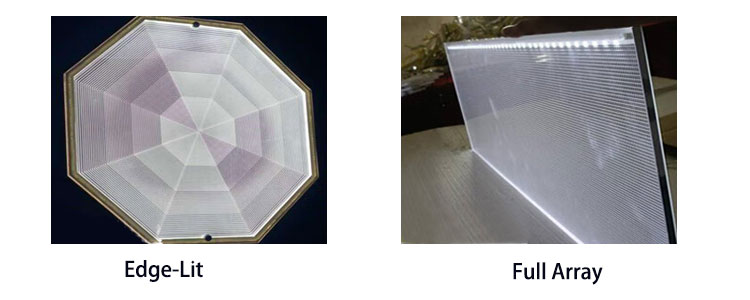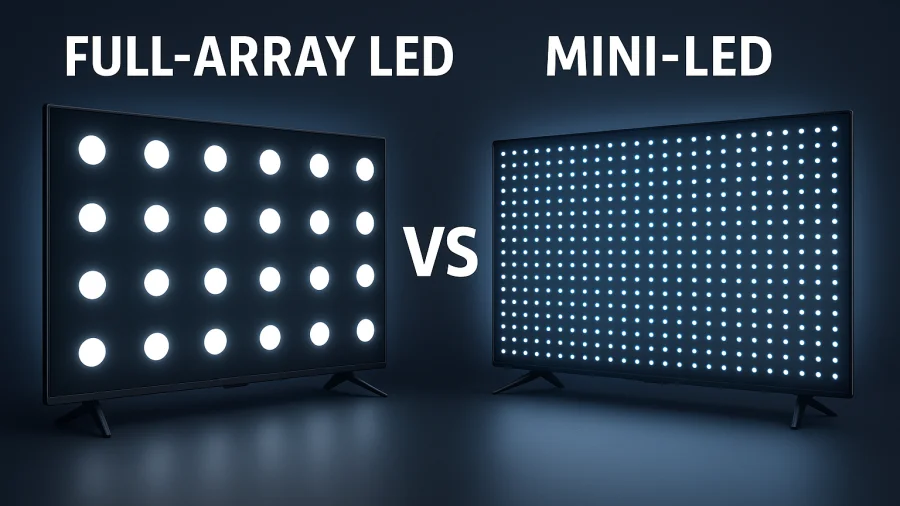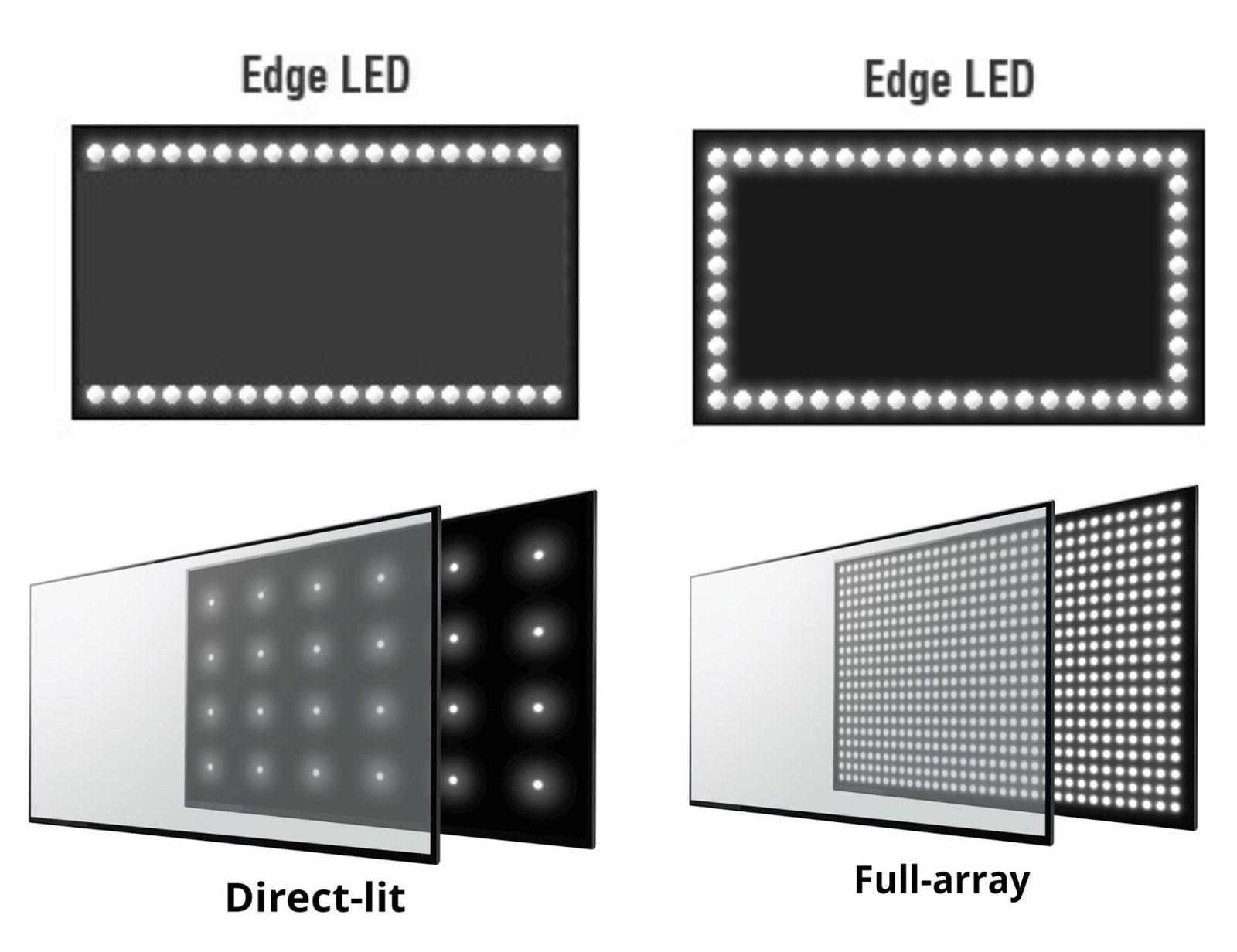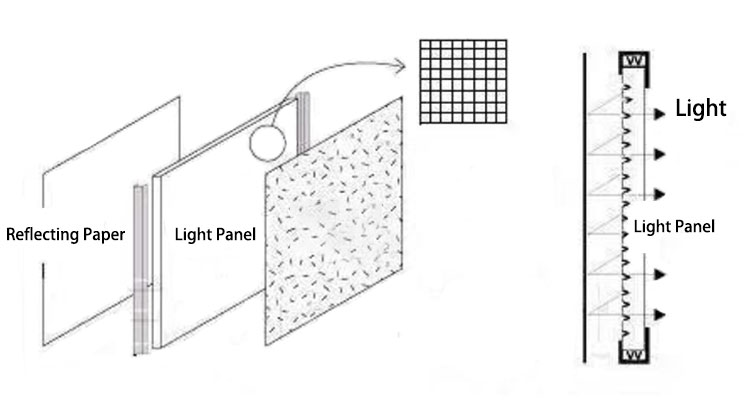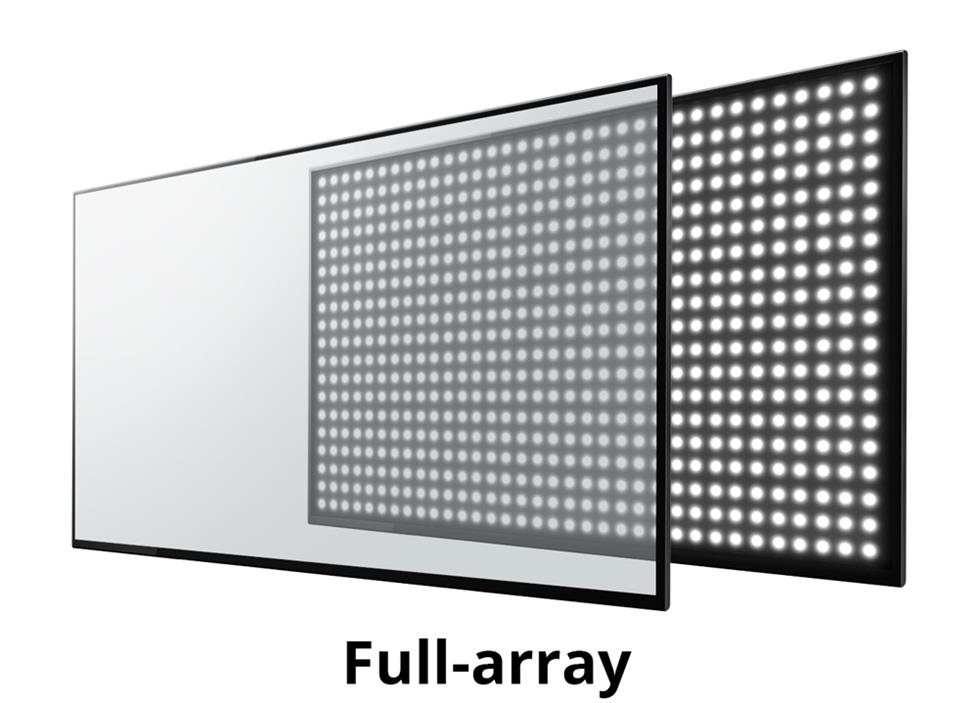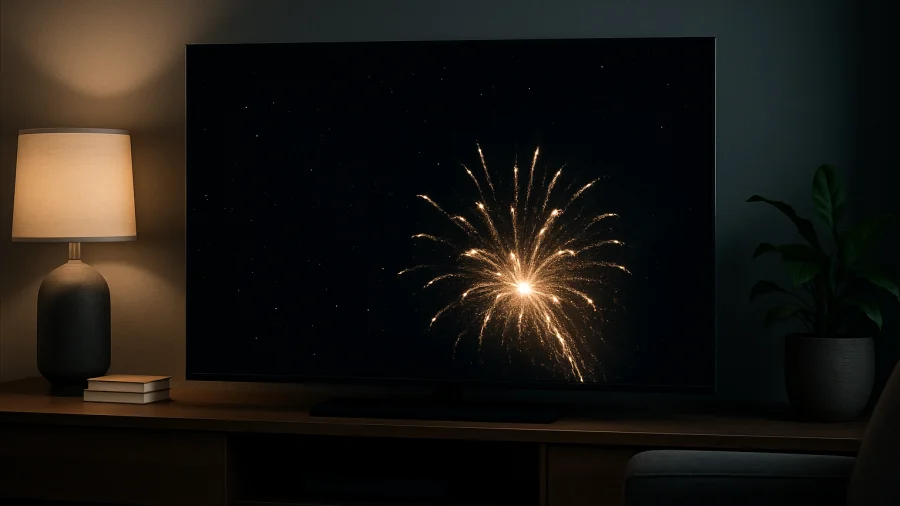Backlight Type Direct Vs Full Array

Imagine settling into your favorite armchair, the aroma of freshly brewed coffee swirling around you, ready to lose yourself in a captivating movie night. But something’s off. The picture on your new TV seems a little…flat. The vibrant explosions lack their punch, and the shadowy scenes feel washed out. Is it the movie? Or could it be the very heart of your screen: its backlight?
Understanding the subtle nuances of TV technology can feel like navigating a labyrinth. But fear not! This article aims to demystify two key backlight technologies – Direct LED and Full Array Local Dimming (FALD) – empowering you to make informed decisions for your next home entertainment upgrade.
Illuminating the Difference: Direct LED
Let's start with Direct LED. In this system, LEDs are positioned directly behind the entire screen. It's a step up from edge-lit displays, where LEDs are only around the edges.
The main advantage of Direct LED is its improved uniformity compared to edge-lit TVs. It tends to distribute light more evenly across the panel.
However, Direct LED lacks the precision of more advanced technologies. It cannot dim specific areas of the screen independently.
Full Array Local Dimming: The Precision Approach
Now, enter Full Array Local Dimming (FALD). Imagine the same concept of Direct LED, but with a crucial upgrade: zones.
FALD employs LEDs arranged in an array behind the screen. These LEDs are grouped into independently controllable zones.
This allows the TV to dim certain zones completely while keeping others bright. The result? Superior contrast and deeper blacks.
The Science of Contrast: Why it Matters
Contrast, the difference between the brightest whites and darkest blacks, is a crucial factor in picture quality. A high contrast ratio breathes life into images.
Think of a night sky scene. On a TV with poor contrast, the stars might appear faint against a grayish background. A FALD display renders the stars with brilliance against truly inky blacks.
This enhanced contrast creates a more immersive and realistic viewing experience. Details pop, and colors appear more vibrant.
The Dimming Game: Understanding Zones
The number of dimming zones plays a significant role in FALD performance. More zones mean finer control over the backlight.
With more zones, a TV can more precisely control the brightness in different areas. This reduces blooming, an effect where bright objects create a halo of light around them.
However, more zones typically come with a higher price tag. Manufacturers like Sony and Samsung are in constant competition to increase zone counts, with their higher-end models showcasing truly impressive capabilities.
Beyond the Backlight: Other Factors to Consider
While backlight technology is a significant contributor, it's not the only factor determining picture quality. Panel type, processing power, and color accuracy also play critical roles.
OLED technology, for instance, offers self-emissive pixels, achieving perfect blacks and infinite contrast without relying on a backlight. According to data from LG Display, OLED shipments are on the rise, demonstrating growing consumer demand for this premium technology.
However, OLED TVs often come at a higher cost. Quantum Dot technology, often paired with LED backlights, can enhance color accuracy and brightness.
Making the Right Choice
Choosing between Direct LED and FALD depends on your budget and viewing preferences. Direct LED offers a good balance of performance and affordability for everyday viewing.
If you prioritize picture quality and want the best possible contrast and black levels, a TV with FALD is a worthwhile investment. Consider the number of dimming zones and read reviews from trusted sources like RTINGS.com before making a decision.
Ultimately, the best TV is the one that brings the magic of the movies into your home, creating an experience that truly captivates. So, take your time, do your research, and prepare to be amazed by the power of a well-lit screen.





